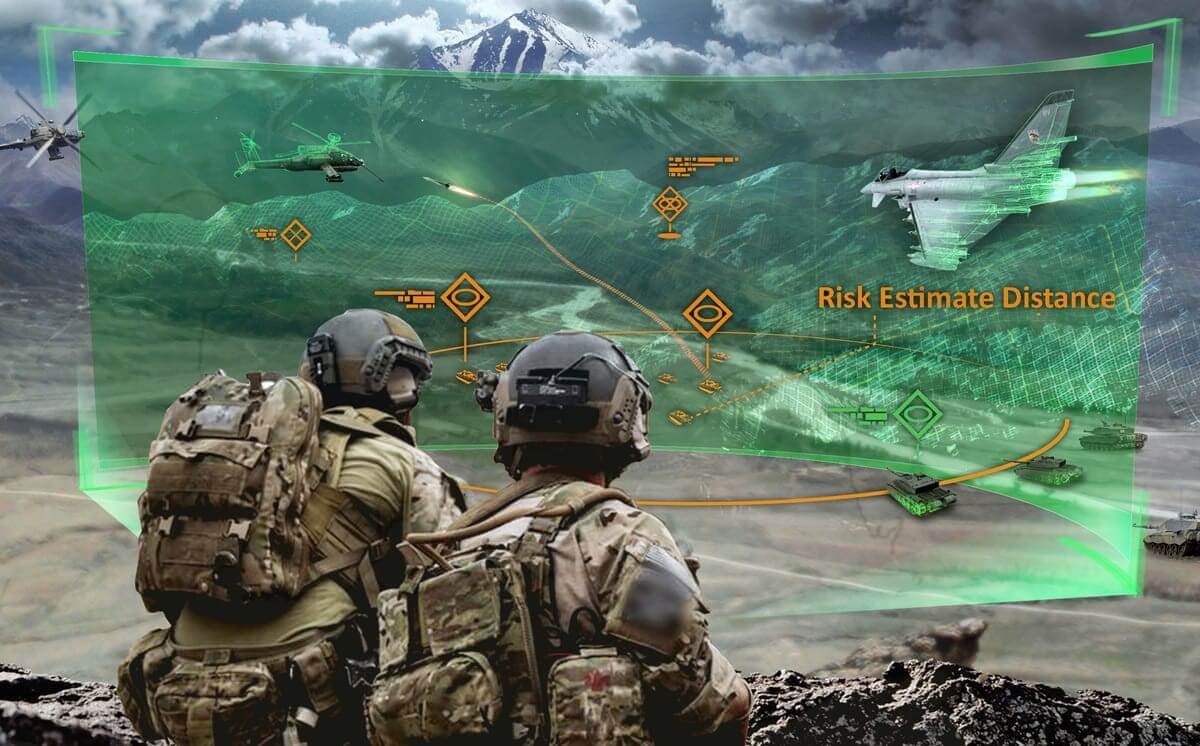The use of the AR interface in handhelds is gaining importance at this time. Public and private organizations cannot be left behind and should meet the demand for interactive services with AR.
AR is the technology that enables the interposition of virtual 3D objects in a real 3D environment. This is achieved thanks to a device equipped with a camera and a screen through which the citizen lives the immersive experience offered by AR. AR technology aims to enrich the real environment with virtual information, creating the opportunity to offer real-time and collaborative information from physical environments without the need to fill the physical environment with objects that may hinder citizens’ interaction. AR requires a camera, which captures the real world, and a screen through which the user will visualize the merged result. The device may include a set of complementary sensors to detect the geographical position and the user’s orientation.
Common AR applications
- Medical Pre-operative imaging and training is a field in which AR has emerged as a technology. It provides a real-time visual interface to monitor the impact of an intervention on patients, based on data from different sensors such as magnetic resonance imaging (MRI), thus reducing the risk of an operation. The first AR-assisted surgery was performed by Roberts et, superimposing a tomography image during an intervention. AR is a useful tool to conduct anatomical lessons using medical dummies, guiding the procedures and expected responses.
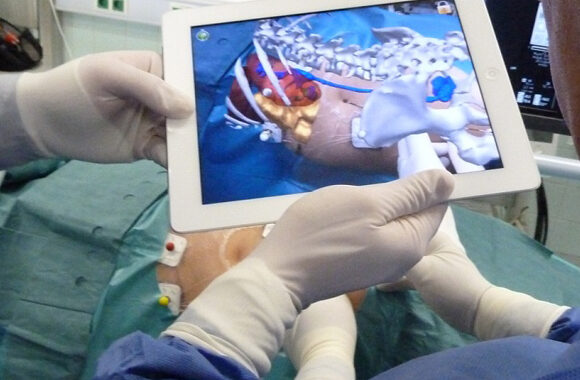
- Military The army is the field where the first implementations of AR arrived. Head-up displays (HUDs) and head-mount displays (HMDs) are essential devices for soldiers to monitor orders and be aware of battlefield operations. During the chaos of battle, soldiers’ tunnel vision is a risky situation where environmental information may be scarce or ignored.
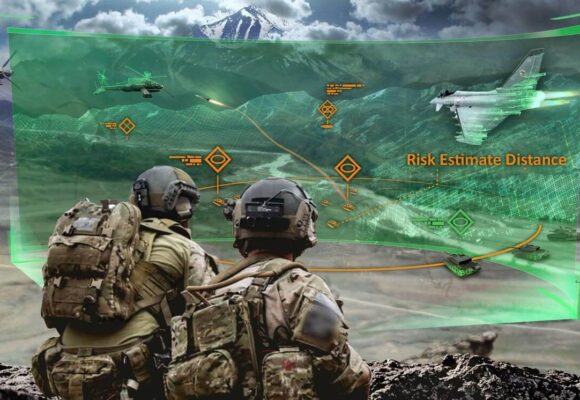
- Tourism AR is widely used in tourism. This technology provides the advantage of having a personal guide to accompany you at your convenience. One of the first known implementations, which included an on-site guide, is presented in Vlahakis.
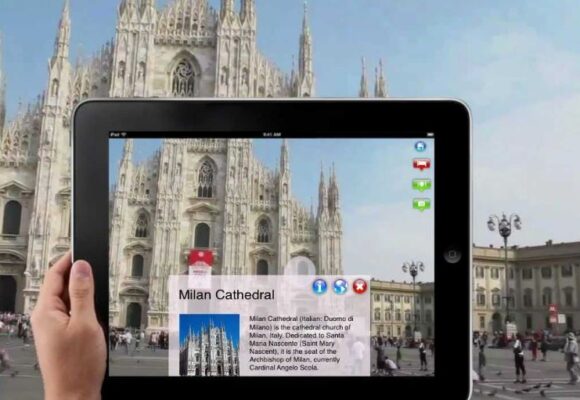
- Navigation The implementation of massive AR in the navigation field dates back to the 90’ when the 3G network made it possible to download a reasonable volume of data in real time, allowing devices such as PDA’s to display the necessary virtual information on the screen abover the current location with the added value of virtual traffic indicators, such as speed, direction or traffic service information. The navigation has improved a lot since these days. A first example is the inclusion of the HUD on the front glass of the vehicle showing traffic and vehicle information, avoiding distraction by not having to change the view from the vehicle controls.
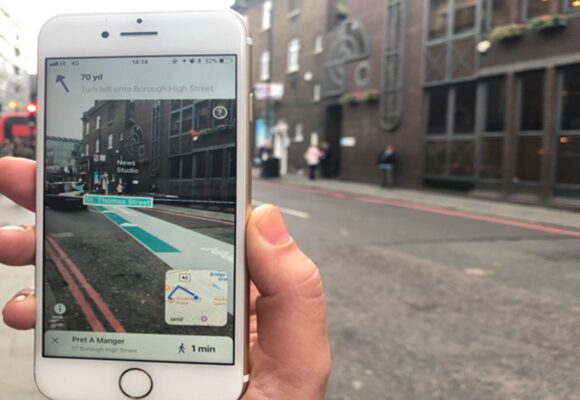
- Education is one of the best cases in which AR can be deployed, due to the rapid and perfect adaptation of students to this new learning paradigm. Here, books can be replaced/improved by augmented content to explain information, visualize history, including 3D objects instead of a 2D image on a book page. Game-like interactions could motivate students to learn more about the topic and improve their academic performance.
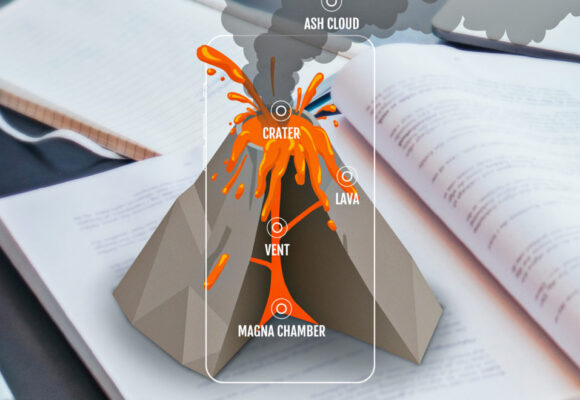
- Games Finally, one of the fields in which the AR reaches its excellence is in gaming products. According to Sachs, games are the most successful and profitable market for AR technology, almost doubling any other sector. This translates into the fact that this is the field in which more is invested to innovate. The main difference between AR with respect to other competing technologies in games such as VR, is that AR expands the field of play to the physical world, enabling sports and exercise activities, socializing and improving the inter-application between areas such as tourism and health.

Potential barriers
It is a common issue that technology comes at a cost; some of them are reported here as barriers that are difficult to overcome.
- Privacy A fully immersive AR experience is a challenging issue in terms of user privacy because of the way the user interacts with the system and the type of data he must provide to enrich the experience. This data can exhibit a set of habits and interaction patterns related to a specific user. Hence, a partial user’s profile is store in the service databases. Government agencies that integrate enriched AR experience may use this tracked data to improve and enhance the services. Agencies need to address privacy management with policies and security risk management.
- Legacy systems AR can help citizens, workers, and general service users retrieve, process, and examine large amounts of data in an easier interactive experience. Accessing such data means that the service should be integrated with other types of services that can be considered legacy systems. Accessing legacy systems and platforms is a challenging task because of the lack of communication mechanisms.
- Requirements: The definition of the AR project goals, requirements, and resources is challenging for the organizations and the project officers. The stakeholders have to balance between cost, setup time, accuracy, and the type of required devices. Different types of devices exist to collect user information. These devices can be as simple as a smartphone with an accelerometer or as complex as body sensors and laser pointers that monitor the exact position. Also, AR requires a processing device that is able to compute the position and render the 3D objects inside the scene; these calculations can be done in the same device or via cloud services in complex scenarios. The essential instrument is the visual interface, which is the device that delivers the immersion experience. That device, in low-cost implementations, is usually a smartphone but can be as complicated and expensive as a robot control helmet or a military pilot helmet (AHMD).
- Financial The financial sustainability of AR applications can be, in some cases, an issue. Some projects implemented AR technology to add value to their product and increase revenue. In cases of services where there is no income in economic terms, the profit can be obtained in terms of reducing the time to perform a task, reducing the costs of operating the service or increasing the quality of the service. In the case of public services, justifying the use of AR can be a challenge because increased revenues cannot be used as a measure. In addition, some of the AR applications are holistic in terms of a platform for combining services, so it may be unclear which service is improved, making it difficult for the department to justify the investment.

